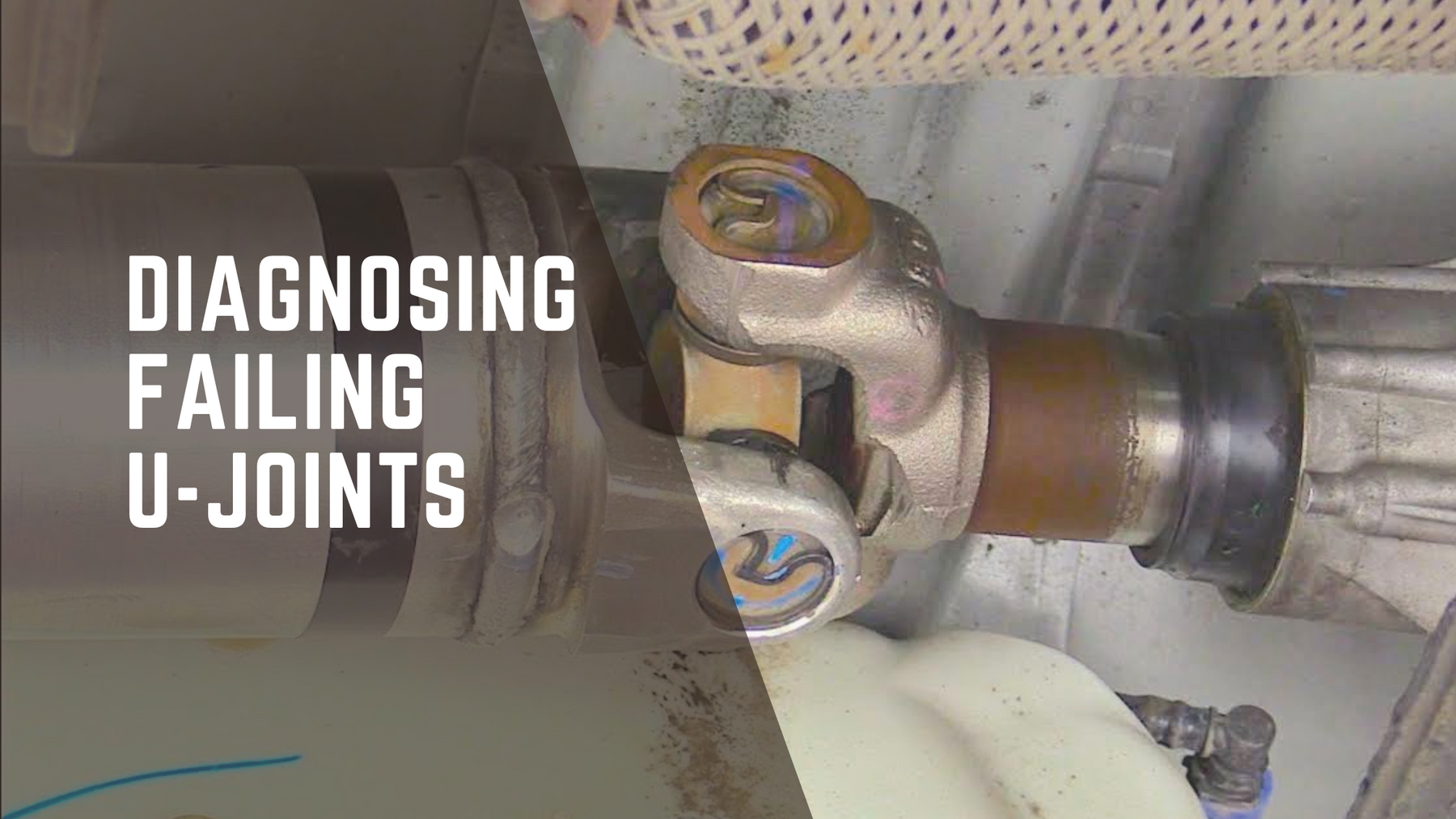Get your free account
877-873-8080

The U-joint, or universal joint, is a crucial component in the driveline of your forklift. This small but vital part ensures smooth power transmission from the engine to the wheels. However, like any other machine component, it is prone to wear and tear over time. Knowing when a U-joint is nearing the end of its lifespan can help prevent further damage and safeguard the operator. Here is a comprehensive guide to help you identify the warning signs of a failing U-joint in a forklift.
Often, the first indication of a problem with the U-joint is an unusual noise coming from the forklift. Here are some sounds that you should be wary of:
An increase in vibrations is another common sign of a failing U-joint. These vibrations can manifest distinctly through the forklift's floor or steering column, creating an uneasy and unsafe operating condition.
The U-joint is a critical part of the forklift's driveline. Here's how you can identify driveline issues that point towards a failing U-joint:
A physical check can often reveal apparent signs of a failing U-joint. When inspecting, look out for:
A faulty U-joint can lead to noticeable handling issues and a reduction in maneuverability, making steering the forklift a more challenging task.
Adhering to a regular maintenance schedule can be your best strategy in catching a failing U-joint early on. Maintain detailed records and keep an eye out for any notes regarding U-joint conditions in these documents.
To properly inspect the condition of a U-joint, follow this guide:
A failing U-joint can lead to more severe issues and even accidents if not addressed promptly. By being vigilant and recognizing the signs of a failing U-joint early on, you can ensure the longevity of your forklift and the safety of its operator. Remember, when in doubt, it is always best to replace the U-joint to prevent further damage or accidents.
Stay tuned to our blog for more insightful tips and guides on maintaining your forklift at its best condition.